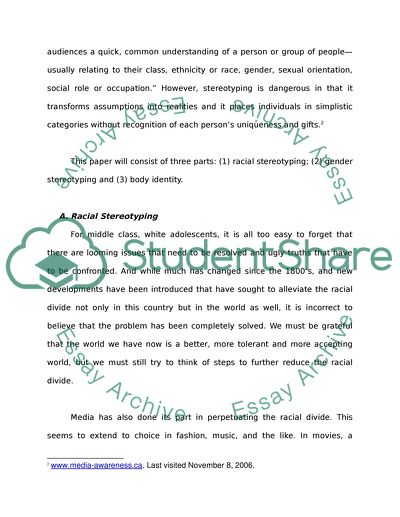Cite this document
(“The Media and Adolescents: Creating Images, Defining Reflections Essay”, n.d.)
Retrieved from https://studentshare.org/miscellaneous/1532878-the-media-and-adolescents-creating-images-defining-reflections
Retrieved from https://studentshare.org/miscellaneous/1532878-the-media-and-adolescents-creating-images-defining-reflections
(The Media and Adolescents: Creating Images, Defining Reflections Essay)
https://studentshare.org/miscellaneous/1532878-the-media-and-adolescents-creating-images-defining-reflections.
https://studentshare.org/miscellaneous/1532878-the-media-and-adolescents-creating-images-defining-reflections.
“The Media and Adolescents: Creating Images, Defining Reflections Essay”, n.d. https://studentshare.org/miscellaneous/1532878-the-media-and-adolescents-creating-images-defining-reflections.


